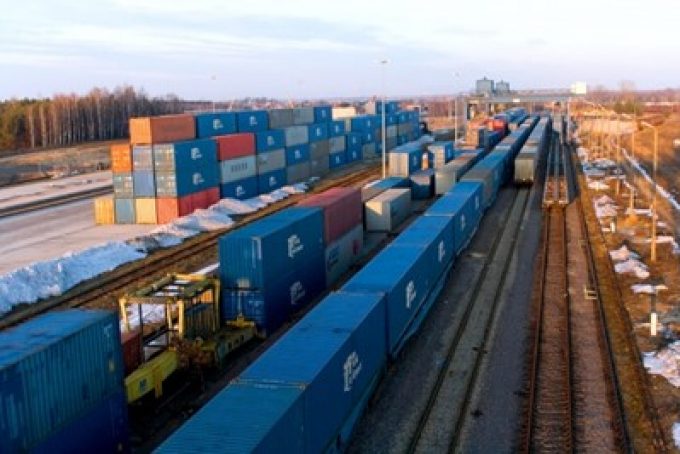Wider shipment visibility in ports could be the answer to congestion
Shipment details provided to two of the world’s three largest economies could be the answer ...

It’s been another bumper year, so far, for China-Europe rail freight, but surging volumes are putting pressure on infrastructure and denting transit times.
According to China Railway Corporation, 2,497 freight trains ran during the first six months, up 69% year on year, with growth on target to reach 5,000 trains by year-end.
DB Schenker’s Greater China chief executive, Christopher Pollard, said the 3PL operated services on all of the 15 regular lines running from China to Europe, the vast majority of which terminate in ...
Volcanic disruption at Anchorage could hit transpacific airfreight operations
Macron calls for ‘suspension’ – CMA CGM's $20bn US investment in doubt
Forwarders stay cool as US 'liberation day' tariffs threaten 'global trade war'
Shippers snap up airfreight capacity to US ahead of tariff deadline
De minimis exemption on shipments from China to the US will end in May
Tighter EU import requirements proving 'a challenge' for forwarders
Looming Trump tariffs will create 'a bureaucratic monster' for Customs

Comment on this article